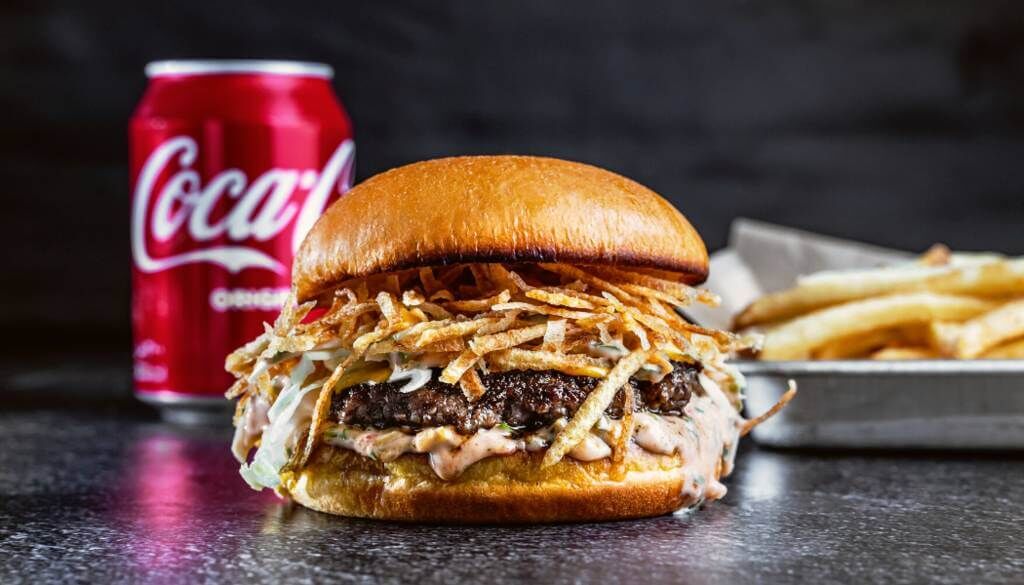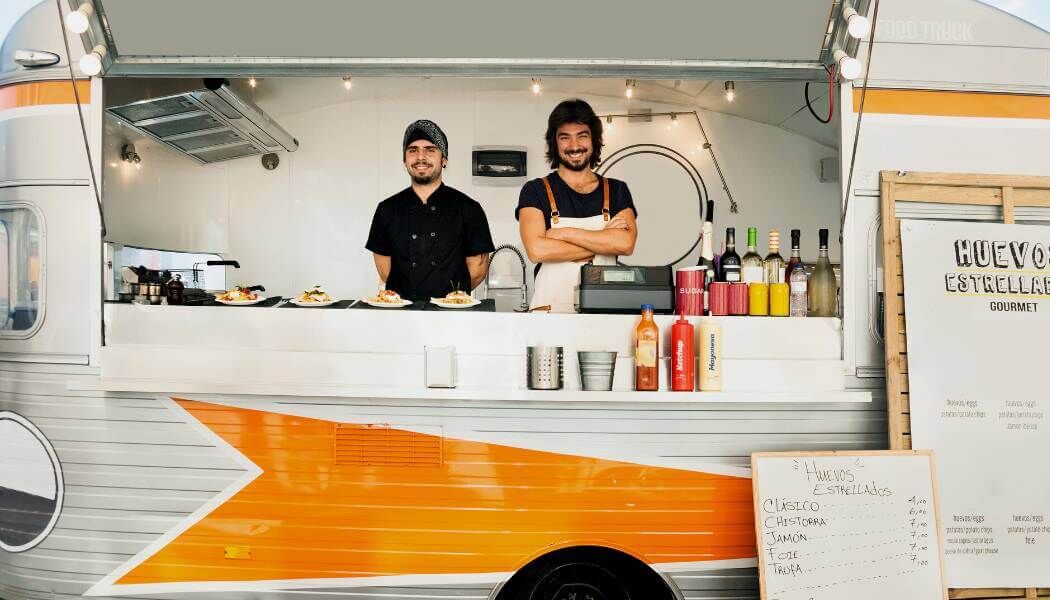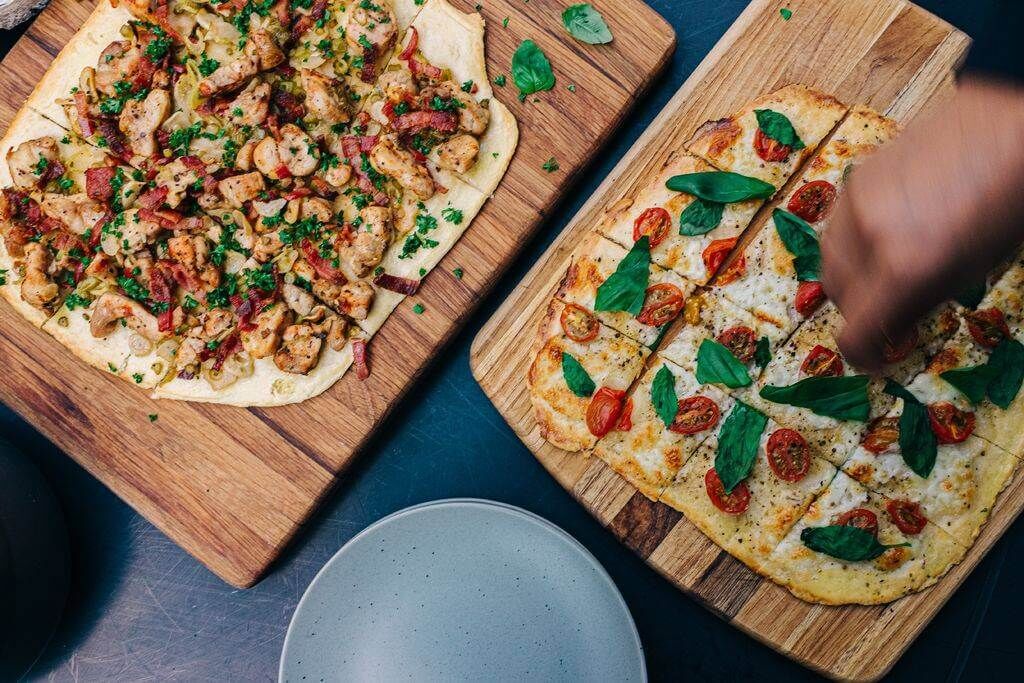
Keep your friends close: 10 tips for a successful restaurant loyalty program
They say that strangers are just friends waiting to happen. This is definitely true in the F&B industry, where treating every customer with respect and care can help your business go a long way. If you’re running a restaurant, offering a loyalty reward program is an excellent way to make friends with your customers and thank them for keeping your business alive. A successful restaurant loyalty program has its secrets, of course. Before we dive into those, let’s start by viewing the benefits of a loyalty reward program.
Why should you create a restaurant loyalty program?
The main scope of a loyalty program is to increase customer engagement and create returning customers for your restaurant. So the real question is, what’s so special about having loyal customers?
- Loyal customers are the ones sustaining your business. Loyal restaurant customers spend an average of 67% more compared to new ones. Need we say more?
- Acquiring new clients is expensive. Advertising and marketing don’t come for free. As a matter of fact, it costs 6 to 7 times more to acquire a new restaurant customer than it does to take care of an old one.
- Loyal clients are likely to recommend your restaurant to friends and family. You can also give them a little push towards that direction through your loyalty reward program. And did you know that customers referred by others have a 37% higher retention rate?
10 secrets for a successful restaurant loyalty program
A well-executed restaurant loyalty program can help you hold on to your clients and establish your business in the restaurant industry. Here’s how to make it work:
1. Offer flexible rewards
A reward is a sort of gift. Actually, it can be better than a gift if you allow customers to pick the reward they prefer. While it’s safe to assume that everyone will enjoy a discount or a free meal, rewarding customers with a specific dish is unnecessarily restraining. Instead, give customers different rewards to choose from so that they can get something they will really enjoy. This is the whole point of rewards, after all.
2. Offer attainable rewards
There’s a reason why setting short-term goals gives us better chances of success. Short-term goals are easier to reach, so they don’t take a tremendous amount of effort or patience. In the same spirit, your reward system should satisfy the customers’ need for instant gratification. A small reward, like a free soda with every order, is more appealing than a free dish after the customer has spent $300. Rewards that seem to be far off in the future or ask for too much in return will simply fail to engage or draw new customers in.
3. Stick to your original terms
Changing the terms of your restaurant loyalty program down the line is an efficient way to get rid of a few customers if things get too busy in your kitchen. Seriously, though, a loyalty reward program should be consistent. Never make it harder for the customer to get a reward, or you’ll come off as cheap and greedy. If you’re in doubt, start with modest rewards and become more generous as the loyalty program catches on.
4. Keep it simple
Do you remember Bamboozled from the hit show Friends? It was an adventurous game show that Joey was supposed to host. Eventually, the game never aired in its original form and turned into a simple Q&A game. Why? Because it was too complicated. The audience couldn’t understand it.
Customers shouldn’t have to solve equations to figure out how your points system is structured or when they’ll get their next reward. The path to getting a reward must be as clear as it can be. For example, customers can get 1 point for each dollar they spend, 100 points earn a free meal, etc. Are you worried that keeping it simple will make your loyalty reward program dull? Don’t be, because customers think otherwise. According to the 2019 Bond Loyalty Report, 56% said they would choose one loyalty program over another if it’s easier to use.
5. Be creative
Your restaurant loyalty program can still be creative while being simple. One way to achieve this is by offering rewards that few loyalty programs offer, like an exclusive dish or a cooking lesson for two. Scratch & win games are also popular and extremely simple in concept and execution. Just send a notification to let customers know that the game is on, for a limited time only. All they need to do is tap on the screen and instantly get their reward.
6. Don’t be a stranger
...both in the literal and figurative sense of the phrase. A loyalty reward program is a great chance to connect with your customers and offer them a more personalized experience. Start by sending new loyalty members an email to welcome them to the program and explain how it works. Give them a little background about your restaurant and tell them why you chose to run a restaurant. It’s also important to remember your customers on special occasions. Send them wishes on birthdays and holidays, along with a generous discount or free dinner.
7. Go digital
Common sense (based on the extensive usage of mobile devices) says that a loyalty reward program is easier to use when it’s digital. Here are a couple more reasons, though:
- You’ll have access to better customer data, which means you’ll be able to personalize your offers and spot customers that are losing interest.
- You’ll be able to communicate with customers directly and more frequently. By notifying customers when they’re close to getting a reward, you can significantly increase engagement with your program.
- It’s easier to add gamification elements on mobile to further increase engagement with a loyalty reward program.
- An increasing amount of orders is placed via mobile. Why would your restaurant loyalty program be elsewhere?
- Customers prefer it this way. According to a softwareadvice survey, over 70% of customers find the ability to redeem their rewards on digital and mobile platforms “important,” “very important,” and “extremely important.”
Bottom line, don’t ask your customers to carry around yet another card. In this day and age, it’s irrelevant.
8. Reward different actions
Use your restaurant loyalty program to reward different actions that serve different purposes. For example, with a little help from your loyalty members, you can spread the word and attract new customers. How? Reward customers not only for visiting or ordering your restaurant but also for bringing a referral, following you on social media, or leaving a review. Another idea is to reward customers for contributing to a cause. Ask them to return recyclable packages to your restaurant or donate to a charity you’re supporting. They’ll feel happy both for having made a positive contribution and for getting rewarded for it.
9. Don’t keep it a secret
How can a loyalty reward program be successful if customers don’t know it exists? Let people know about it by mentioning your loyalty program on top of your printed menu and your website. Offer a reward just for signing up so that you get more customers to join. You can also promote your loyalty program on social media by advertising your special or limited-time rewards. And, as we mentioned above, you can always get some word-of-mouth advertising going by asking for referrals and reviews.
10. Gamify
Gamifying a process means incorporating game elements into it -- most commonly leaderboards, points, levels, rewards, and badges -- to reward specific actions. Whether in the workplace, in education, or mobile apps, gamification aims to increase motivation through rewarding a desirable behavior. The definition alone implies that a loyalty reward program is already a gamified experience.
You can still spruce things up a bit, of course. If you use a tiered loyalty program, customers can level up and go from “newcomers” to “expert diners.” You can also reward different “accomplishments” with different badges. For example, reaching a certain amount of burger orders can get a customer a “The Sloppiest Joe” badge. Gamification elements are practical too. Using a progress bar, similar to a leaderboard, customers can check their progress and view their status at a glance.
Food for thought
An engaging restaurant loyalty program has the potential to transform the relationship between you and your customers. To get the most out of it, you have to meet your customers where they are and integrate your loyalty program into your restaurant mobile app. If you’re not quite sure how to build a mobile app, our post Building a mobile app for your restaurant? Make sure you include these 9 features! will give you some great ideas.





